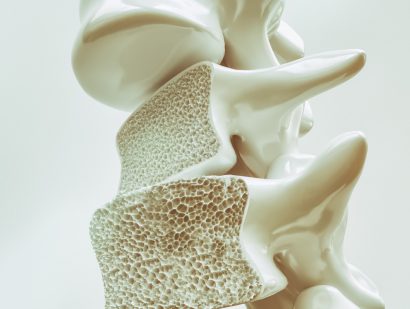- Find A Medical Provider
- Auto Injuries
- Common Injuries
- Medical/Pharmaceutical
- Types of Medical Injuries
- Malpractice Injuries
- Drug and Medical Device Injuries
- Drugs and Devices Linked to Cancer
- Opioid Addiction
- Drugs and Devices Known to Cause Injury
- 3M Combat Arms Earplugs – Hearing Loss
- Accutane
- Aciphex
- Actonel
- Actos
- Adderall and Ritalin
- Advair
- Aldara (Imiquimod)
- Alli
- Ambien
- Amiodarone
- Anzemet
- Aptivus
- Aranesp
- Arava
- Atorvastatin
- Avandia
- Benicar
- Birth Control Medication
- Blood Thinners
- Essure
- Fosamax (Alendronate Sodium)
- Gadolinium-Based MRI Contrast Agents
- Granuflo
- Hernia or Surgical Mesh Injuries
- Hydroxycut
- Inferior Vena Cava Filters
- Invokana Toe and Foot Amputations
- Ketek
- Levaquin
- Lipitor
- Mirapex
- Neurontin
- Onglyza
- Over-the-Counter Medications
- OxyContin
- Paxil
- Power Morcellators
- Pradaxa
- Propecia
- Reglan
- Talc Powder
- Trasylol
- Valsartan
- Viagra
- Xolair
- Zelnorm
- Zoloft
- Work Injuries
- Sports Injuries
- Marketing Services
- Blog
List your practice on InjuredCare | Log in / Sign up
Birth Injuries Occurring During the Delivery Process

There are, unfortunately, many things that can go wrong during the birth of a child. On rare occasions, the simple trauma associated with childbirth can cause injury. In most instances, though, the injuries suffered are due to carelessness or failure to employ reasonable medical procedures.
Among the more common types of birth injuries that occur during the delivery process are:
- Bruising or other injury caused by forceps or suction—Forceps are essentially large tweezers that are put around the head of the fetus and used to pull the child out of the womb. When used, forceps can leave temporary or even permanent scars, or may result in lacerations to the scalp. Forceps and suction can also cause more serious injury, including facial paralysis due to damaged nerves.
- Brachial palsy—Also known as Erb's palsy or Klumpke's palsy, these conditions arise when the bundles of nerves that help with the movement of arms or hands are damaged during delivery. A common cause of brachial palsy is shoulder dystocia, where the baby's shoulder is caught behind or under the pubic bone, and the nerves are damaged when the doctor attempts to extricate the child.
- Hypoxia or oxygen deprivation—A fetus can quickly suffer serious injury if oxygen is not available, whether due to remaining too long in the birth canal or having umbilical cord issues. The child may suffer brain damage, develop cerebral palsy, or experience chronic seizures.
- Fractures—A frequent occurrence with a breech birth, where the child is delivered feet or buttocks first, fractures result when the delivery doctor pulls too hard to extract the child. Most fractures heal within 10-14 days.
- Cephalohematoma—A hematoma is a collection of blood in the body, typically associated with a bruise or broken/ruptured blood vessel. With infants, it's usually found underneath the cranium and is often caused by the use of forceps or other tools. It leaves a bump, which may go away, but also may lead to other conditions, including jaundice, hypotension (low blood pressure), and even meningitis.
- Caput succedaneum—Another injury that may stem from forceps or a vacuum extraction tool, caput succedaneum produces significant swelling in the soft tissue on the baby's scalp. The swelling typically abates within a few days.









